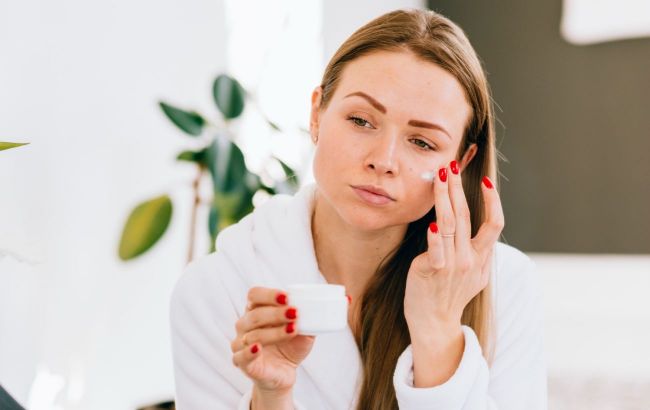5 signs you need to change your moisturizer
 Signs that indicate your face cream doesn't suit you (photo: Freepik)
Signs that indicate your face cream doesn't suit you (photo: Freepik)
A moisturizing cream should be an ally in skincare, but sometimes it can cause more harm than good. If you notice unpleasant changes after using your favorite product, it might not be the right one for you. Southern Living tells how to check it.
How to choose a face cream
Skin changes depending on the season and age. Most often, people’s skin becomes drier with age.
When choosing a moisturizing cream, keep in mind the weather outside. If it's hot in the summer, it’s better to choose a lighter cream formula, while in winter the skin will need extra hydration. Dermatologist Fred Bodie from the US noted that regardless of the season, don’t forget to buy a moisturizing cream with SPF. Protecting the facial skin from sunlight is important for both health and the aging process.
Here are some effective moisturizing ingredients:
- Hyaluronic acid: intensely hydrates
- Glycerin: retains moisture
- Ceramides: restore the skin barrier
- Niacinamide: improves tone, strengthens the barrier
- Panthenol: soothes and softens
Signs that the cream doesn't suit you
Rashes or redness
There are various reasons why a rash or redness may appear, one of which could simply be that you have sensitive skin.
A rash may appear because you're allergic to an ingredient in the moisturizing cream, or you may need to choose a cream that does not contain fragrances.
While products containing retinol and hydroxy acids are great for fighting aging, these ingredients are known to be irritating and may not be the best for sensitive skin.
If a red rash appears near the eyebrows and on both sides of the nose, you might have seborrheic dermatitis, which is similar to “facial dandruff.”
Dryness
If your skin is still very dry after applying a moisturizing cream, it’s time to replace it. Skin tightness and makeup that looks "cracked" are signs of dryness. Peeling or dry patches that are darker than the rest of your face are key indicators that your skin needs urgent hydration.
Acne
If your skin is prone to acne, it’s better to use a lighter moisturizing cream. Instead of cream, try a serum or moisturizing gel that contains hyaluronic acid.
If you are experiencing breakouts, look for lightweight moisturizers, serums, or water-based gels rather than oil-based ones.
Heavier lotions and creams can worsen pore blockage and lead to increased oil production, which can intensify breakouts.
Oiliness
If you notice that your skin is too shiny in the morning, your moisturizing cream may be overly oily for your skin.
It’s worth choosing a moisturizer that contains glycolic or salicylic acid, which helps control excess sebum production and reduce oiliness.
People with oily skin types should use water-based rather than oil-based moisturizers.
White bumps
If you notice small clusters of white bumps on your face, these are not pimples but milia. Do not try to squeeze them out yourself.
They can appear due to using the wrong type of moisturizer. This is very common if you use body moisturizer on your face or products that are too heavy.
Facial skin is more sensitive than other parts of the body, so you should always use products specifically labeled for the face.
Earlier, we also revealed 5 habits to stick to from your 20s
This material is for informational purposes only and should not be used for medical diagnosis or self-treatment. Our goal is to provide readers with accurate information about symptoms, causes, and methods of detecting diseases. RBС-Ukraine is not responsible for any diagnoses that readers may make based on materials from the resource. We do not recommend self-treatment and advise consulting a doctor in case of any health concerns.

